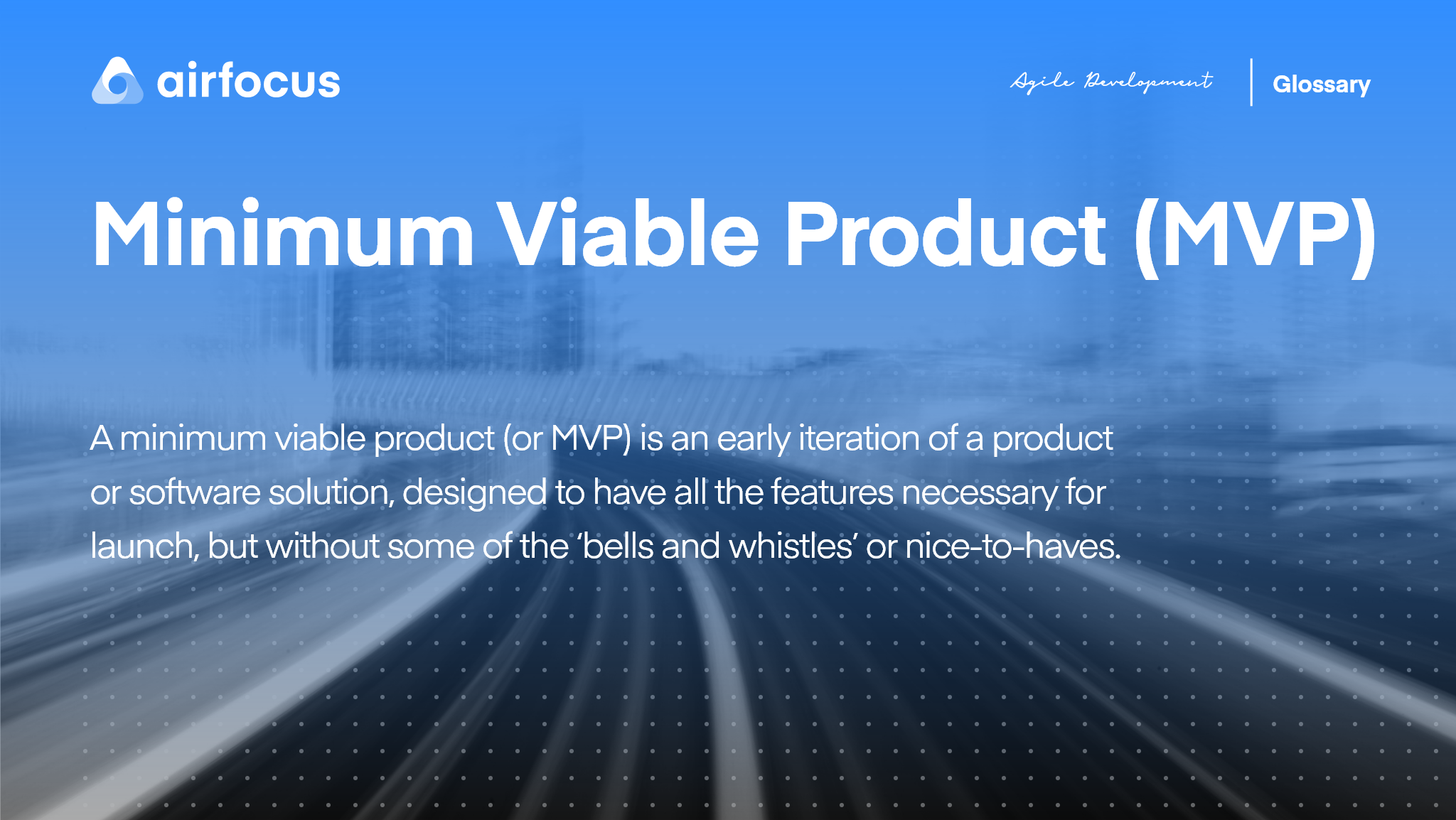Minimum Viable Product
(2025-08-17T03:11.056Z)
Perplexity Query
(2025-08-17T03:11
.056Z)
Question:
Write a comprehensive one-page article about "Minimum Viable Product".
Replace "Minimum Viable Product" with the actual vocabulary term in the prompt.
Model:
sonar-pro
Response from sonar-pro:
A Minimum Viable Product (MVP) is the simplest, most stripped-down version of a product that still provides core value to customers. This concept, rooted in Lean Startup methodology, enables businesses to test ideas rapidly, minimize development costs, and gather real-world user feedback before investing significant resources in full-scale development.
[fx9efa]
[mw2eec]
[hplvy1]
In an era where uncertainty and rapid innovation define markets, the MVP approach is pivotal for both startups and established organizations.

Understanding the MVP Concept
At its heart, an MVP is a product built with just enough features to satisfy early users and to collect meaningful insights for future development.
[mw2eec]
[hplvy1]
This approach allows product teams to validate market assumptions, refine their solutions, and reduce both financial and reputational risk. Eric Ries, who popularized the Lean Startup methodology, described an MVP as "the version of a new product which allows a team to collect the maximum amount of validated learning about customers with the least effort".
[mw2eec]
[fx9efa]
For example, when Amazon launched, its MVP was a simple platform for selling books online.
[fx9efa]
Only after establishing market demand did Amazon expand its inventory, features, and logistics infrastructure.
Practical Examples and Applications
MVPs are not limited to tech giants. Consider Dropbox, which initially tested its concept with a simple video demonstration, gauging user interest before building the full product. Similarly, AirBnB began by renting out air mattresses in their own apartment to assess if people were willing to pay for peer-to-peer lodging.
[fx9efa]
These examples illustrate how the MVP approach is fundamental in refining business models, attracting investors, and understanding user needs in diverse industries.
Benefits
Key advantages of developing an MVP include:
Challenges and Considerations
Despite its benefits, executing an MVP has challenges. Teams must clearly identify what constitutes 'minimum' and still delivers customer value. An MVP that is too basic risks failing to engage early adopters, while a product that’s too feature-rich defeats the purpose of the strategy. Additionally, organizations must ensure they gather quality feedback rather than just usage statistics, enabling actionable iteration.
[mw2eec]
[hplvy1]
Current State and Trends
Today, MVP methodology is embedded across startup ecosystems, technology companies, and even traditional enterprises undergoing digital transformation.
[fx9efa]
[hplvy1]
Agile development practices and tools for rapid prototyping have accelerated MVP adoption, with platforms such as Figma, Jira, and low-code app builders democratizing early product experimentation. Industry leaders like Amazon, Dropbox, and Airbnb are often cited as MVP success stories, inspiring newer entrants to adopt similar strategies.
[fx9efa]
Recent trends include the rise of "no code" MVPs, allowing non-technical founders to validate ideas cheaply and quickly before involving software engineers. Additionally, customer-centric design and analytics platforms enable more sophisticated, data-driven iterations on MVPs than ever before.

Future Outlook
The MVP approach is likely to gain even greater prominence as competition and technological pace accelerate. Artificial intelligence and automation promise to further lower the barriers for MVP creation and testing. In the future, expect organizations to iterate even faster, embracing continuous experimentation and feedback loops as the norm. As digital ecosystems expand and competition intensifies, MVPs will remain a cornerstone for innovation and product-market fit.

Ultimately, the Minimum Viable Product is more than just a method; it is a mindset that empowers businesses to learn, adapt, and thrive in uncertain markets. As customer expectations and technology evolve, MVPs will continue to shape how new ideas are brought to life.
Citations
[0x06m4] 2025, Jun 16. 10 Main Benefits of Building an MVP for Startups - Upsilon. Published: 2023-09-05 | Updated: 2025-06-16
[fx9efa] 2025, Jun 16. Minimum Viable Product (MVP): What is it & Why it Matters - Atlassian. Published: 2021-03-01 | Updated: 2025-06-16
[mw2eec] 2025, Jun 16. Minimum Viable Product - What is a MVP and why is it important?. Published: 2024-11-22 | Updated: 2025-06-16
[7mgpga] 2025, Feb 19. Minimum Viable Product: Definition, Strategies, and Examples. Published: 2020-11-04 | Updated: 2025-02-19
[hplvy1] 2025, Apr 23. Minimum Viable Product (MVP): Definition, Types and Examples. Published: 2025-06-06 | Updated: 2025-04-23